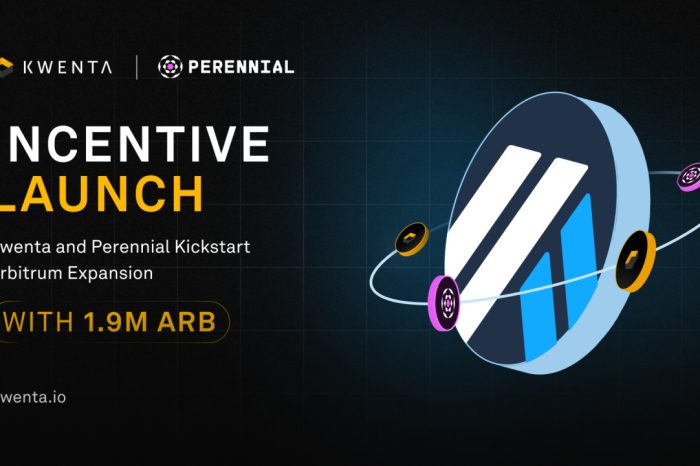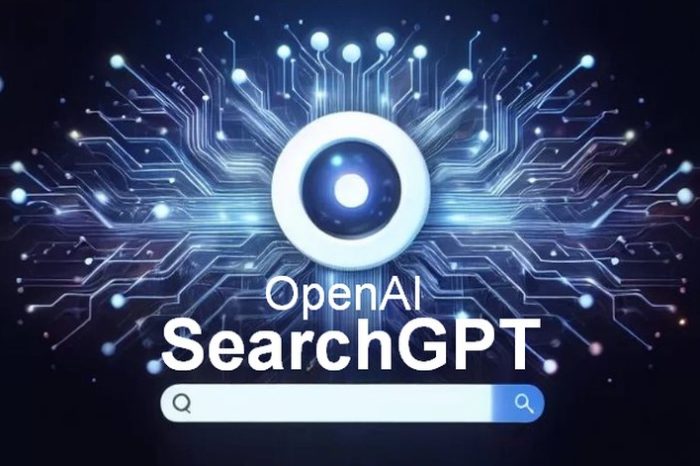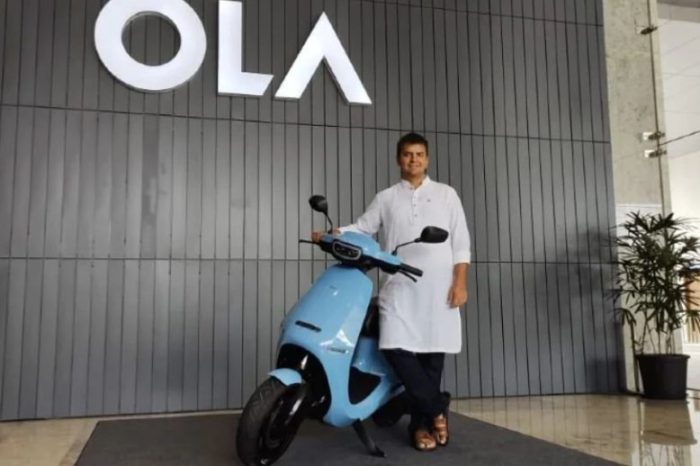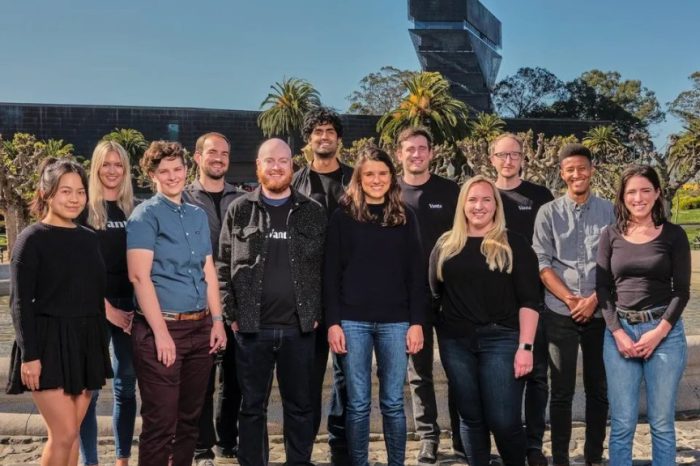In case you missed it, you can watch the event below, or skip past for our recap and overview.
After weeks of leaks, Google officially announced the new Pixel 4/4 XL, new Nest products, Pixel Buds 2, and more at the Made by Google ’19 press conference today. In case you missed it, you can watch the event below, or skip past for our recap and overview.
Let’s get right into the announcements.
Rick Osterloh, Google’s Senior Vice President of Hardware, took the stage to talk about Google’s mission to bring a “more helpful Google to you.” Part of that relies on hardware like new Pixel phones, wearables, smart speakers, and more.
Google Assistant, of course, is the software that bridges these different hardware devices and allows for a fluent experience whether you’re on your phone, using a smart display, a smart speaker, or other Google Assistant-enabled device.
Osterloh touches on Stadia and re-iterates they are looking to do the same for gaming with Stadia. He then announces November 19th as the launch date for Stadia. With Stadia, you’ll be able to play your games anywhere, on laptops, desktops, TVs, and even your smartphone. Of course, the Pixel 4 will be the first smartphone to support Stadia at launch.
Google Pixel Buds 2
The new Google Pixel Buds are completely wireless. The Pixel Buds 2 support Google Assistant. As a result, the Google experience comes to you instead of you having to pick up your phone and text, control music, or use Google Translate (for example).
With a long-range Bluetooth connection, Google claims you can leave your phone up to three rooms away while outside, you can use them up to a football field away. As with any set of earbuds, the Pixel Buds 2 will have excellent sound quality, comfortable, unobtrusive, and last long enough to be useful. With custom speakers, sensors, and custom battery, the new Pixel Buds last up to 5 hours on a single charge and up to 24 hours with the wireless charging case.
Google claims the Pixel Buds 2 offer excellent sound and have a unique hybrid design that seal almost flush with your ear. A new spatial vent lets in just enough ambient sound which adjusts automatically based on your surroundings. The microphones on the new wireless earbuds work via jawbone vibration so you don’t have to shout when in a busy restaurant or other loud environments.
Pixel Buds 2 will be available in Spring 2020 for USD$179.
Privacy
Osterloh then hit on privacy — very briefly — and talked about how Titan protects your data and passwords on your Google devices. From being able to configure your Nest devices to turn off microphone and camera access to being able to toggle location and other settings on your devices, privacy with Google devices is in the user’s hands.
Sustainability
Sustainability is big on most people’s minds these days. Osterloh mentions that Google has been carbon neutral since 2007 and will be investing a further $150 million in renewable energy in regions where they manufacture Google hardware.
Ivy Ross, who leads Google’s Design Team, then touched on Google’s design philosophy. At Google, design is about helping people and to create unique solutions to the world’s challenges. Ross then went on to talk about sustainability and how Google is look at it from every angle to push sustainability in every part of the process. Every Nest product manufactured in 2019 uses recycled plastics. A single 1/2 litre bottle is enough to make enough fabric to cover two Google Nest Mini smart speakers.
As of last month, Google is also offsetting the carbon output of its shipping partners for Google products. Another new direction is being able to consolidate and reduce the number of devices you need. Stadia is one example, moving to the cloud so gamers don’t have to buy a large console every few years just to stay current.
Pixelbook Go
With the new Pixelbook, Google focused on portability and battery life. Designed with light magnesium, the Pixelbook Go comes in Just Black and Not Pink with a grippable bottom design. It is lighter at just 2 lbs, only 13mm thick, and offers up to 12 hours of battery life.
The new Pixelbook has ultra-quiet Hush Keys that are even quieter than the original. With Chrome OS, it starts in seconds, has built-in virus protection, and automatic updates.
Starting at USD$649/CAD$879, the Pixelbook Go will be available with Intel Core m3, i5, or i7 processors, 8 or 16GB of RAM, and a 64, 128, or 256GB SSD drive. Just Black is available for pre-order with Not Pink coming soon.
Nest
Rishi Chandra took the stage next to talk about Nest. He mentioned the Nest Hub Max launch last month. A larger version of the Google Nest Hub, the Nest products focus on building whole-home solutions that bring together technology to provide real help for real homes.
Again, privacy is at the forefront when using smart devices in your home and in May, Google published a privacy commitment for home devices. Third-party partners now have to go through a security review before being able to even talk to your Nest devices.
Chandra spoke more about whole-home audio with the multimedia control centre on the Nest Hub Max, as well as the ability to move audio or video from one device to another.
The Google Nest Mini is available on October 22nd for USD$49/CAD$69.99 and comes in the same colours, with a new Sky Blue colourway. The new Nest Mini has better sound as well as a third microphone to better hear you. In addition, a 1 TeraOPS chip is on board, allowing the Nest Mini to respond even faster to frequent commands.
With the Nest Mini, you can use it as an intercom system, get alerts, call anyone using Google Duo, and even call your Nest devices from your phone.
Nest Aware
Nest Aware is a new monthly rate plan for all your Nest devices. Whether you have 2 or 10, you can choose between Nest Aware for US$6/month or Nest Aware Plus for US$12/month. Both cover all devices in your home with Nest Aware giving you 30-day event video history. Nest Aware Plus, on the other hand, bumps this up to 60-day event video history as well as 10-day 24/7 video history. Nest Aware will be rolling out early next year.
With Nest Aware, your Nest Mini or Nest Hub Max can also detect specific sounds like smoke alarms, CO alarms, barking dogs, and more. Once detected, it will send an alert to your Google Home app and you can respond accordingly depending on the alarm type.
Nest WiFi
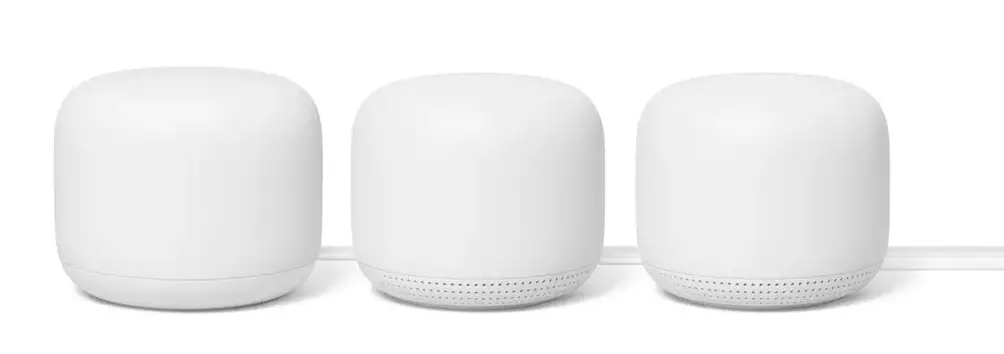
The Google WiFi Whole Home Mesh WiFi System is the #1 selling mesh Wi-Fi system in the U.S. and Canada. The new Nest WiFi is a two-device system with a router and a point. With double the speed and 2 1/2 times the coverage, the system will cover up to 85% of most households. Nest WiFi is designed so that you won’t mind displaying it, which also increases the signal as it isn’t hidden away inside a cabinet or somewhere else that limits connectivity.
The Nest WiFi also has a speaker system in it and does everything that a Google Nest Mini does. Available starting November 4th in 8 countries, a two-pack (one router, one point) will retail for USD$269/CAD$349 and a three-pack (one router, two points) for $349/$459.
Google Pixel 4
Sabrina Ellis takes the stage next for the Pixel 4 announcement. As mentioned before, there have been plenty of leaks over the past few weeks so, at this point, this is mostly just confirmation. The Pixel 4 is completely redesigned with a new look, new colour, and new finish.There are new camera features and sensors that are exclusive to the Pixel 4 smartphone. The first utilizes Motion Sense using Google’s Soli radar technology. The Pixel 4 also features Face Unlock and Google claims that it is the fastest Face Unlock out of any smartphone on the market today. Interestingly enough, the company has dropped the fingerprint scanner from the device and is going all-in with Face Unlock.
Google Assistant is a huge part of the Pixel 4 and can simplify phone use and make multitasking even easier. Featuring the same squeeze functionality as the previous Pixel smartphone, it is easy to launch and has a new simplified format.
You can also manage your activity and delete your Google voice date by simply using your voice and asking Google to delete your data, or even delete it for a specific timeframe. According to Gardner, Titan M helps made the Pixel 3 one of the most secure smartphones available.
The Pixel 4 comes with a new OLED display which features a 90Hz refresh rate. Google being Google has added some smarts to the display as well. Even though it is capable of 90Hz refresh rate for a smoother experience, the refresh rate auto-adjusts between 60 and 90Hz based on what you are doing. This allows the device to give you a great display while preserving battery life.
The Pixel 4 ships with Android 10, latest OS updates and features, and 3 months of 100GB of Google One cloud storage. Google is even offering one-on-one pro sessions with virtual help for specific settings or how to use the camera.
The new smartphone from Google comes in three colours: Just Black, Clearly White, and a limited edition Oh, So Orange. Available for pre-order, the Pixel 4 comes in two sizes. Shipping starts on October 24th with the Pixel 4 starting at USD$799/CAD$999 and the Pixel 4 XL starting at USD$899. It will also be available through every major U.S. carrier and starts shipping globally on October 24.
Camera
The Pixel 3 had one of the best cameras when it was released, especially with its Night Sight feature. The Pixel 4 features dual rear cameras — wide and telephoto — with a hyperspectral sensor, a microphone for video, and a flash… which Google hopes you’ll only use as a flashlight.
Hardware aside, the Pixel 4 uses computational photography. Mark Lavoy from Google Research took the stage to talk about this aspect of Google’s camera capabilities.
Google focuses on Subject, Lighting, Lens, and Software. The camera software showcases this with features like HDR+ and Night Sight. The 2x telephoto lens with Super Res zoom technology lets you get better, sharper photos without having to crop.
Google also introduced new computational photography features with the Pixel 4. The first is Live HDR+. With HDR smartphone photography, the screen often doesn’t accurately display what the end photo result will be. With Live HDR+, what you see is what you get on the screen as HDR is processed in real time and output to the display. Dual Exposure Control is another part of this new feature. There are brightness and shadows controls, allowing you to adjust brightness and tone-mapping while you are composing your shot.
The white balance Google used in Night Sight is now used across all aspects of Pixel 4’s photography features. Portrait Mode is also improved to accommodate larger objects, people standing further, and bokeh.
Night Sight is even further improved allowing for even better photos in low light — including astral photography. Night Sight uses 15 16 second exposures and merges them to create better low light pictures.

Recorder
Google has unveiled a new audio recorder app that taps into Google’s speech recognition and AI software. Simply record and then hit the transcript button for real-time transcription. The Recorder app even works offline, let’s you search for specific words and works great for meetings, lectures, and more.
And that sums up what Google talked about at Made by Google ’19… we’ll be updating this article with more specifications and details as they become available.
![]()


